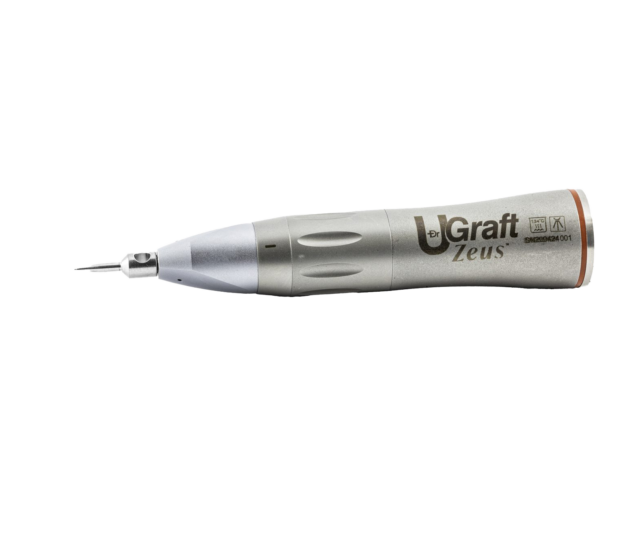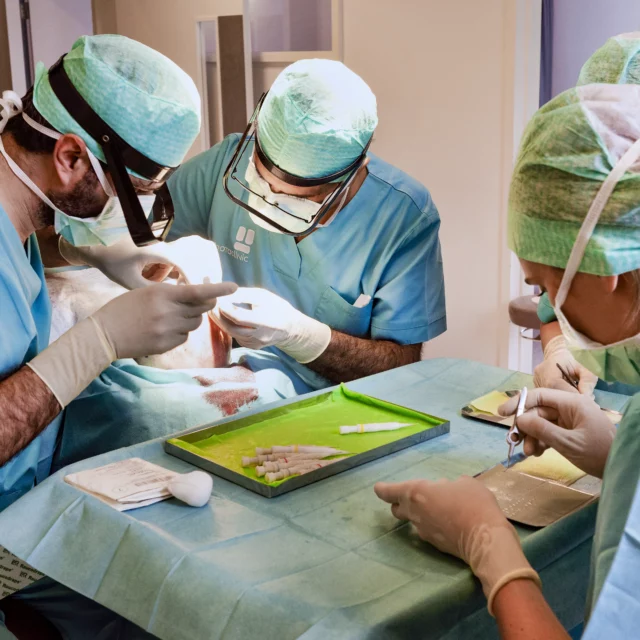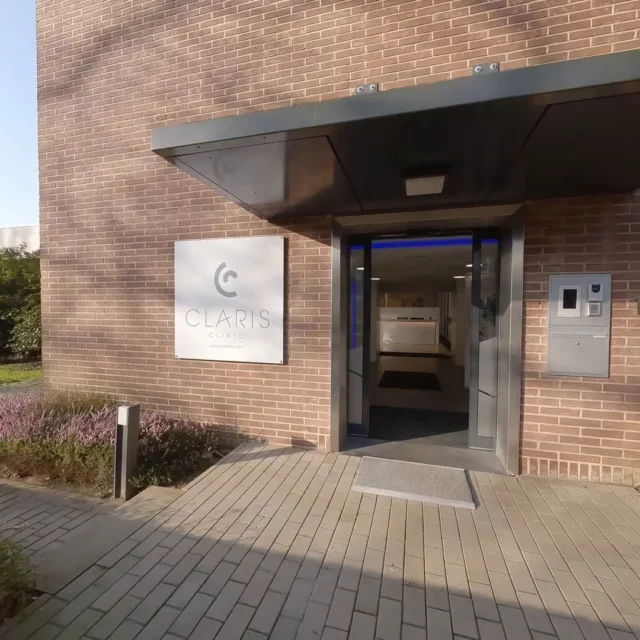What is a hair transplant?
Hair transplantation is a non-invasive medical solution to hair loss. It involves moving hair follicles from an area where hair is abundant to an area where it is sparse or absent. This procedure is commonly used to treat baldness, but can also restore eyelashes, eyebrows, beard and fill in scars.
Of the various hair transplant methods, FUE (Follicular Unit Extraction) is the most popular. It involves removing individual hair follicles, thus avoiding a linear incision and leaving less scarring. FUE offers natural results, requires less recovery time and presents fewer post-operative complications than traditional methods. This is why it has become the method of choice for many surgeons and patients alike.
The benefits of FUE hair transplantation
- Restores confidence: Dense, natural hair
- Long-lasting results: Lifetime growth
- Precise targeting: effectively treats sparse areas
- Natural look: Undetectable rendering
- Suitable for all: Men and women
- Simple maintenance: Easy to manage
- Discreet: Virtually invisible scars

Frequently asked questions
What are the risks and side effects?
- General risks: as with any aesthetic medical procedure, hair transplantation involves risks such as infection and reactions to anesthesia. However, these risks are generally low. At Claris Clinic, we have modern facilities and comply with the strictest safety and hygiene standards.
- Specific side effects: some patients may experience side effects specific to hair transplantation, such as pain or itching at the transplant site, swelling of the scalp or face, or temporary loss of new hair.
Your doctor will give you specific instructions on how to manage these side effects and take care of your scalp after the operation to minimize risks.
What does FUE hair transplant cost?
The cost of a hair transplant can vary depending on several factors, such as the amount of hair to be transplanted and the technique used. During your initial consultation, your doctor will draw up a precise estimate of the cost of the procedure. Follow-up consultations are included in the price of the transplant.
Is it painful?
FUE hair transplantation is performed under local anesthetic, which means you should feel no pain during the procedure. After the operation, you may experience some discomfort in the treated areas, but this should diminish over time. Pain medication may be prescribed to manage any post-operative discomfort.
What results can we expect?
The results of FUE hair transplantation can vary depending on several factors, including the quality of your donor hair and the surface area of the area to be treated. In general, you can expect to see significant hair growth in treated areas over the 6 to 12 months following the procedure.
Is the FUE hair transplant permanent?
Yes, FUE hair transplantation is considered a permanent solutionto hair loss. Transplanted hair follicles are genetically resistant to baldness, so the hair that grows from them should be permanent.
Can hair transplants be performed on areas other than the skull?
Yes, hair transplants can be performed on other areas, such as the beard or eyebrows. Ask our specialists for advice.
What have patients told us?
“I am 32 years old and received an FUE transplant of approximately 4,500 hairs. I was very impressed with the facilities, as well as the professional attitude and knowledge of the whole team.
My procedure started at 7:45am and finished around 2:45pm. There were two doctors and two assistants. The whole thing is a bit long and you have to stay very calm, but the transplant went as well as I could have hoped. The staff were very nice, the equipment was perfect and the surgery itself was relatively painless.
The first results take about 3 months, and it takes 6 to 12 months to see the full effects. Overall, for anyone wishing to combat their hair loss, I highly recommend Dr. Moradi’s team.”
J.G. – Esneux
“I just had my transplant at Doctor Moradi’s. Excellent experience from start to finish, the team gives you a warm professional welcome and I really recommend it.”
G.B. – Braives
“Best thing I have ever done, from the first moment I went for my consultation with Dr Moradi to when I had my transplant and the aftercare. The staff has been amazing and always make you feel at ease. The results are fantastic. I would say to anyone worried about hair loss to go to Dr Moradi for a consultation.”
J.B. – Birmingham, UK
Your journey in 3 steps
- Consultation
- Surgery
- Post-operative follow-up



At a glance
Between 6 and 8 hours, under local anaesthetic
On an outpatient basis
After 1 day
A few days
First shampoo after 10 days. Normal hair routine after 30 days. Ask your surgeon for advice.
2 week break
6 to 12 months, PRP recommended after surgery and follow-up consultations required

The result
- Realistic expectations: it’s important to understand that hair transplant results vary from person to person depending on a variety of factors, including hair density and texture, hair and scalp color, and the extent of hair loss.
- Growth period: after the procedure, transplanted hair will go through a period of shedding and then growth. The first signs of growth may be visible after three to four months, but final results may take up to a year or more to appear.
- Long-term results: transplanted hair is generally permanent and will continue to grow throughout the patient’s life. However, it is important to note that hair transplantation does not prevent future hair loss in other areas of the scalp.




